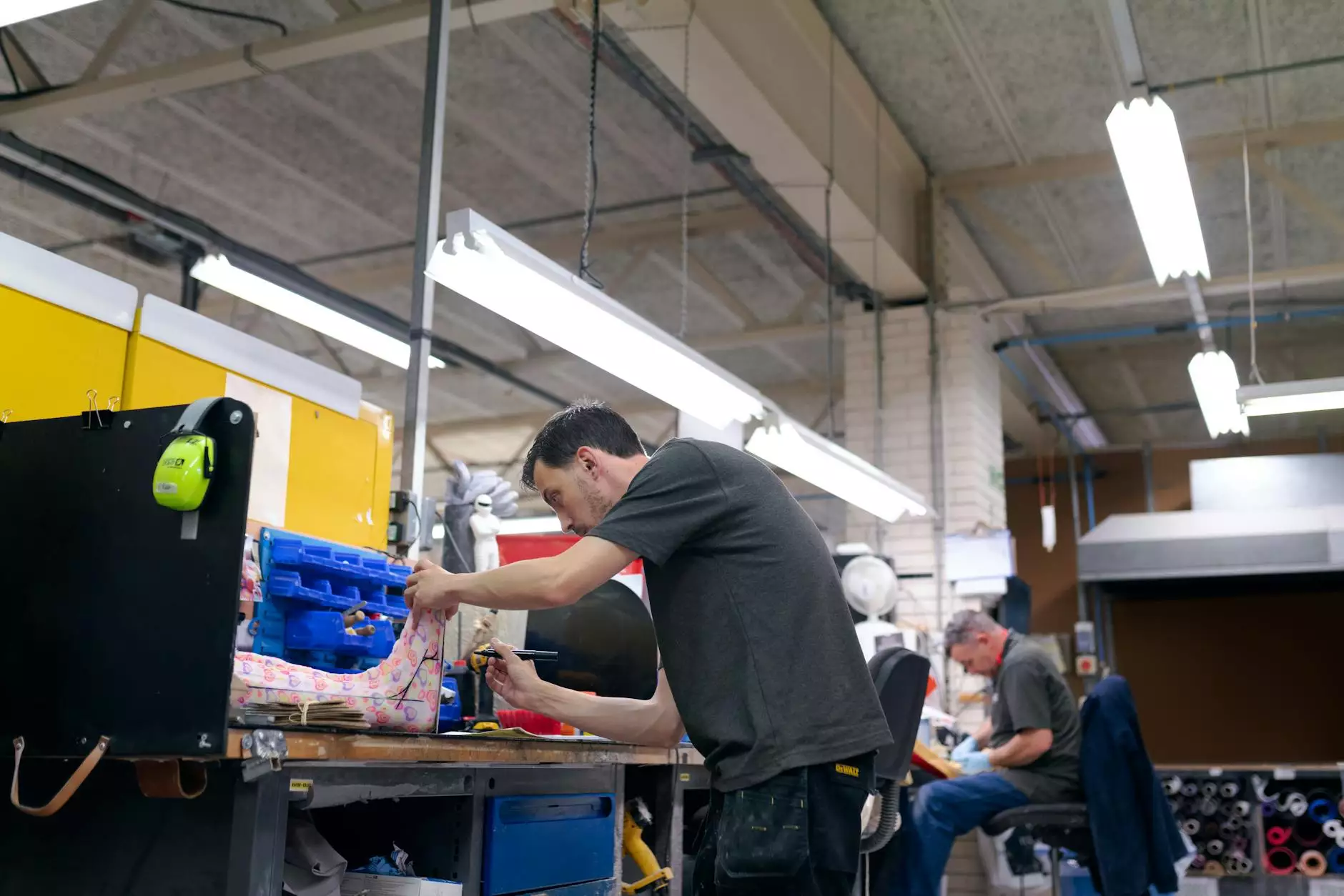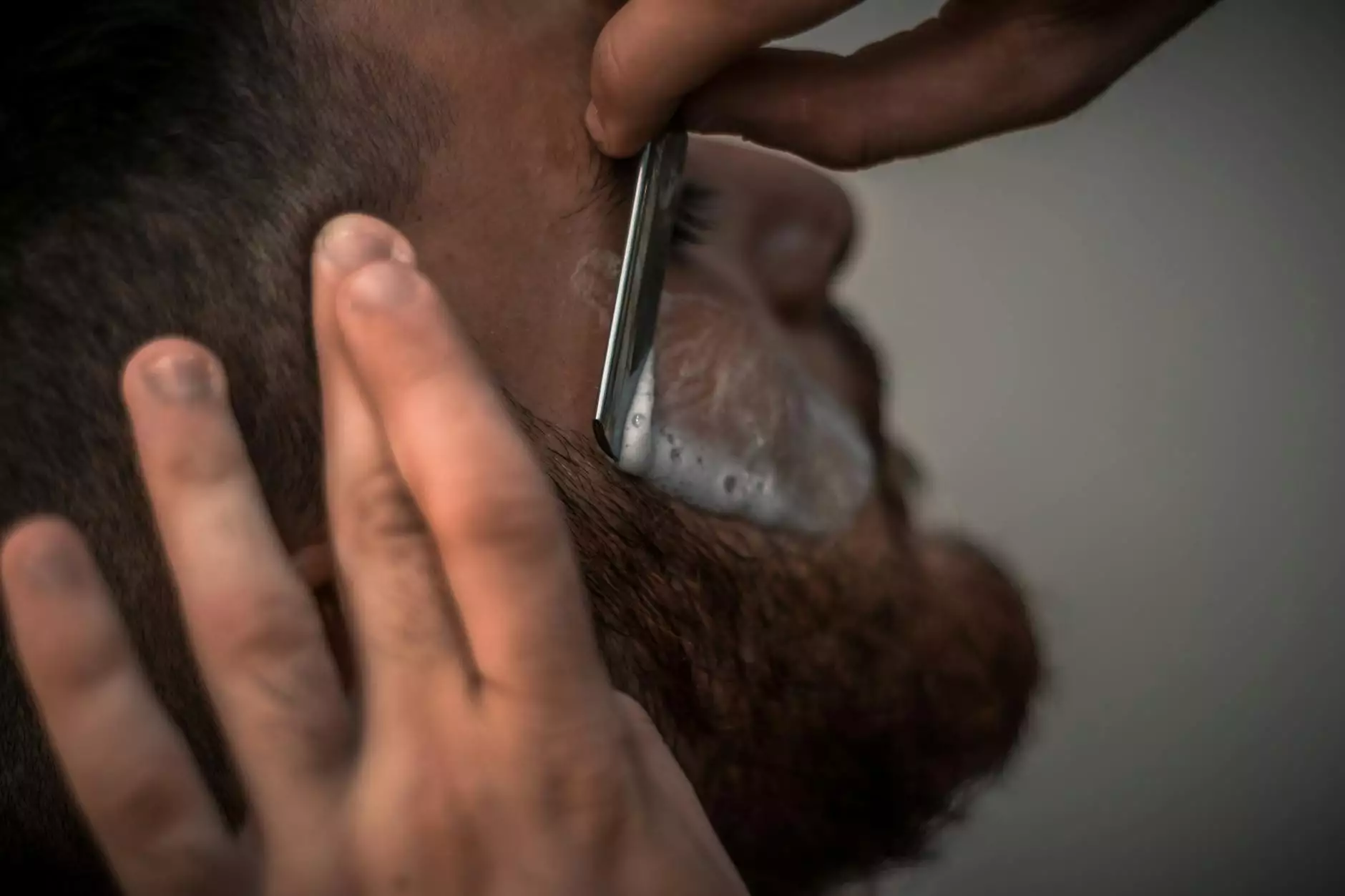The Comprehensive Guide to Laparoscopic Bilateral Salpingo-Oophorectomy

Understanding Laparoscopic Bilateral Salpingo-Oophorectomy
Laparoscopic bilateral salpingo-oophorectomy (LBSO) is a minimally invasive surgical procedure involving the removal of both ovaries and fallopian tubes using laparoscopic techniques. This surgical approach is preferred for its numerous advantages, including reduced recovery time, less postoperative pain, and minimal scarring compared to traditional open surgery.
Why Is Laparoscopic Bilateral Salpingo-Oophorectomy Performed?
LBSO is typically performed for several medical reasons. Here are some of the most common indications:
- Ovarian Cancer: LBSO is often a part of the treatment plan for women diagnosed with ovarian cancer. Removing the ovaries and fallopian tubes can help eliminate cancerous cells and reduce recurrence.
- Endometriosis: For women suffering from endometriosis, LBSO can alleviate pain and symptoms associated with this condition by removing endometrial tissues residing in the ovaries and surrounding areas.
- Benign Tumors: In some cases, benign tumors or cysts in the ovaries may necessitate their removal through LBSO to prevent further complications.
- Risk Reduction: Women with a family history of breast or ovarian cancer may choose this surgery as a preventive measure to decrease their risk of developing these cancers.
The Benefits of Laparoscopic Surgery
Opting for a laparoscopic approach to bilateral salpingo-oophorectomy carries several benefits:
- Reduced Recovery Time: Patients typically experience a faster recovery, allowing them to return to their daily activities sooner than traditional methods.
- Less Pain: The lesser extent of trauma to the body results in diminished postoperative pain levels.
- Minimal Scarring: Laparoscopic surgery is conducted through small incisions, leading to minimal scarring compared to open surgery.
- Shorter Hospital Stay: Many patients can go home the same day or the next day, as this method usually requires less intensive hospital care.
The Laparoscopic Bilateral Salpingo-Oophorectomy Procedure
The procedure generally follows these steps:
Preoperative Evaluation
Before undergoing LBSO, patients will undergo a comprehensive evaluation. This includes:
- A review of medical history and symptoms
- Physical examinations
- Imaging studies such as ultrasounds or MRIs
- Blood tests to assess overall health and specific markers
Anesthesia Administration
The procedure is normally performed under general anesthesia, ensuring that the patient is completely unconscious and pain-free throughout the surgery.
Procedure Steps
The key steps in an LBSO procedure include:
- Incision: A small incision is made, usually near the navel, through which a laparoscope (a thin tube with a camera) and surgical instruments are inserted.
- Exploration: The surgeon uses the laparoscope to visualize the pelvic organs on a screen. This allows for precise and careful navigation around the internal structures.
- Removal: The ovaries and fallopian tubes are detached and removed through the small incisions, sometimes using a technique called morcellation to break the tissue into smaller pieces for easier extraction.
- Closure: After ensuring there is no active bleeding and that the surrounding organs are undisturbed, the incisions are closed with sutures or surgical glue.
Postoperative Care and Recovery
The recovery period following laparoscopic bilateral salpingo-oophorectomy involves several important aspects:
- Observation: Post-surgery, patients are monitored for any complications, including bleeding or infection.
- Pain Management: Medications will be prescribed to manage pain effectively.
- Activity Restrictions: Patients are advised to avoid strenuous activities for several weeks to ensure proper healing.
- Follow-Up Appointments: Regular follow-ups with the surgeon are essential to track recovery and address any concerns.
Potential Risks and Complications
As with any surgical procedure, there are risks associated with laparoscopic bilateral salpingo-oophorectomy. These include:
- Infection: Although rare, infection can occur post-surgery.
- Bleeding: Significant blood loss can happen during or after the procedure.
- Damage to Surrounding Organs: There is a risk of inadvertently damaging nearby organs, such as the bladder or intestines.
- Anesthesia Complications: As with any procedure requiring anesthesia, there is a risk of adverse reactions.
Long-Term Effects of Laparoscopic Bilateral Salpingo-Oophorectomy
After an LBSO, patients may experience several long-term effects. Understanding these effects is crucial for those considering the surgery:
- Menopause: For women undergoing LBSO before natural menopause, this procedure will induce surgical menopause which can lead to symptoms such as hot flashes and mood swings.
- Hormonal Therapy: Some women may require hormone replacement therapy (HRT) to alleviate menopausal symptoms.
- Psychological Impact: The loss of fertility can have emotional repercussions. Counseling or support groups may be beneficial.
- Health Monitoring: Regular follow-ups and health screenings are essential post-surgery to monitor overall well-being, especially concerning cancer risks.
Conclusion
Laparoscopic bilateral salpingo-oophorectomy represents a significant advancement in surgical techniques, offering women an effective option for various gynecological conditions. With its many benefits, including reduced recovery time and minimal invasiveness, LBSO has become a preferred choice for both patients and healthcare providers. If you are facing a decision regarding this procedure, consult with a specialist, such as those found at drseckin.com, to explore your options and receive personalized advice based on your health needs.
Frequently Asked Questions (FAQs) about Laparoscopic Bilateral Salpingo-Oophorectomy
Below are some common questions and answers regarding LBSO:
1. How do I know if I am a candidate for laparoscopic bilateral salpingo-oophorectomy?
Your healthcare provider can help determine if you are a suitable candidate based on your medical history, current symptoms, and overall health.
2. Will I need to stay in the hospital overnight?
Many patients are able to go home the same day as the procedure, but this can depend on individual circumstances and the complexity of the surgery.
3. What is the recovery time following laparoscopic bilateral salpingo-oophorectomy?
Most patients can expect to return to normal activities within 1 to 2 weeks, although strenuous activities may need to be paused for a longer period.
4. Are there alternatives to LBSO?
Depending on your diagnosis, there may be other treatment options available, such as medication or less invasive surgical techniques. Discuss these with your healthcare provider.
5. How will LBSO affect my hormonal levels?
Because LBSO involves the removal of the ovaries, it will affect your hormone levels and may induce menopause if performed before natural menopause occurs.
Final Thoughts
Understanding the intricacies of laparoscopic bilateral salpingo-oophorectomy is vital for any woman considering this surgical option. It is a powerful tool in the fight against gynecological diseases, empowering women to take control of their health.









